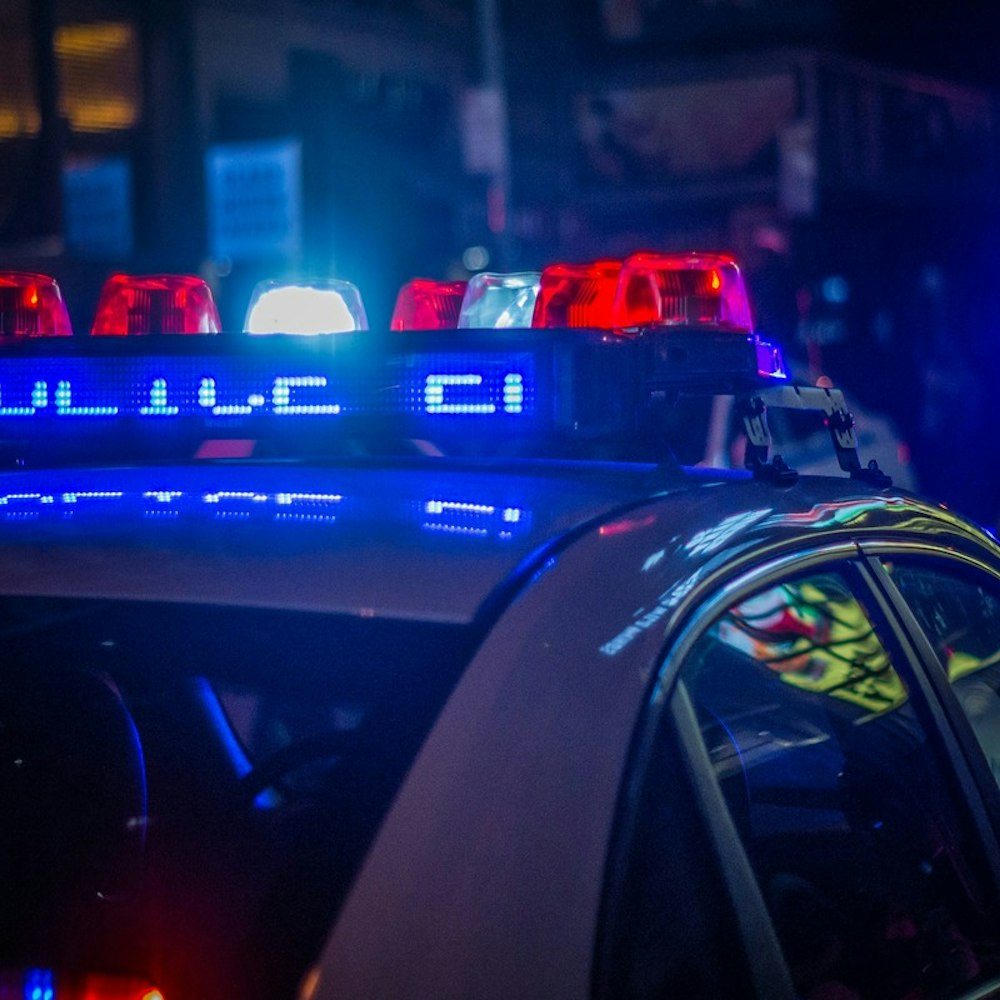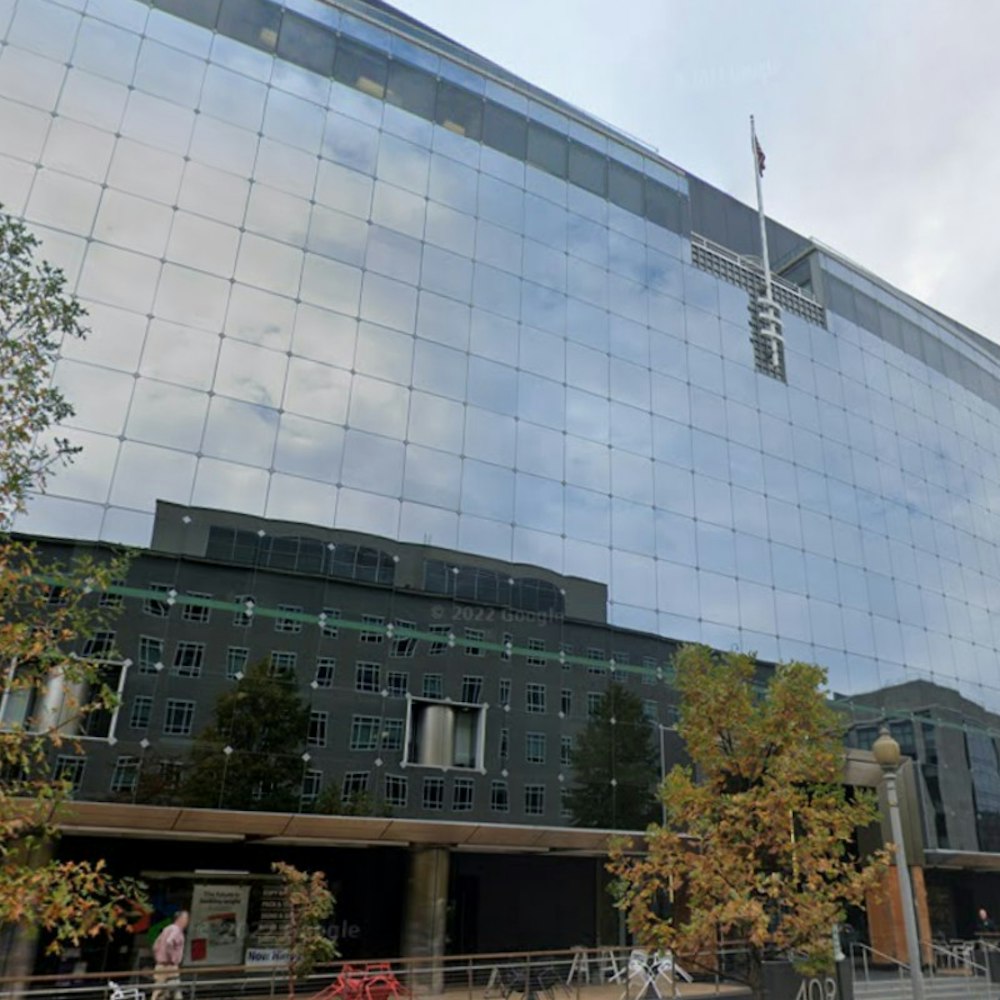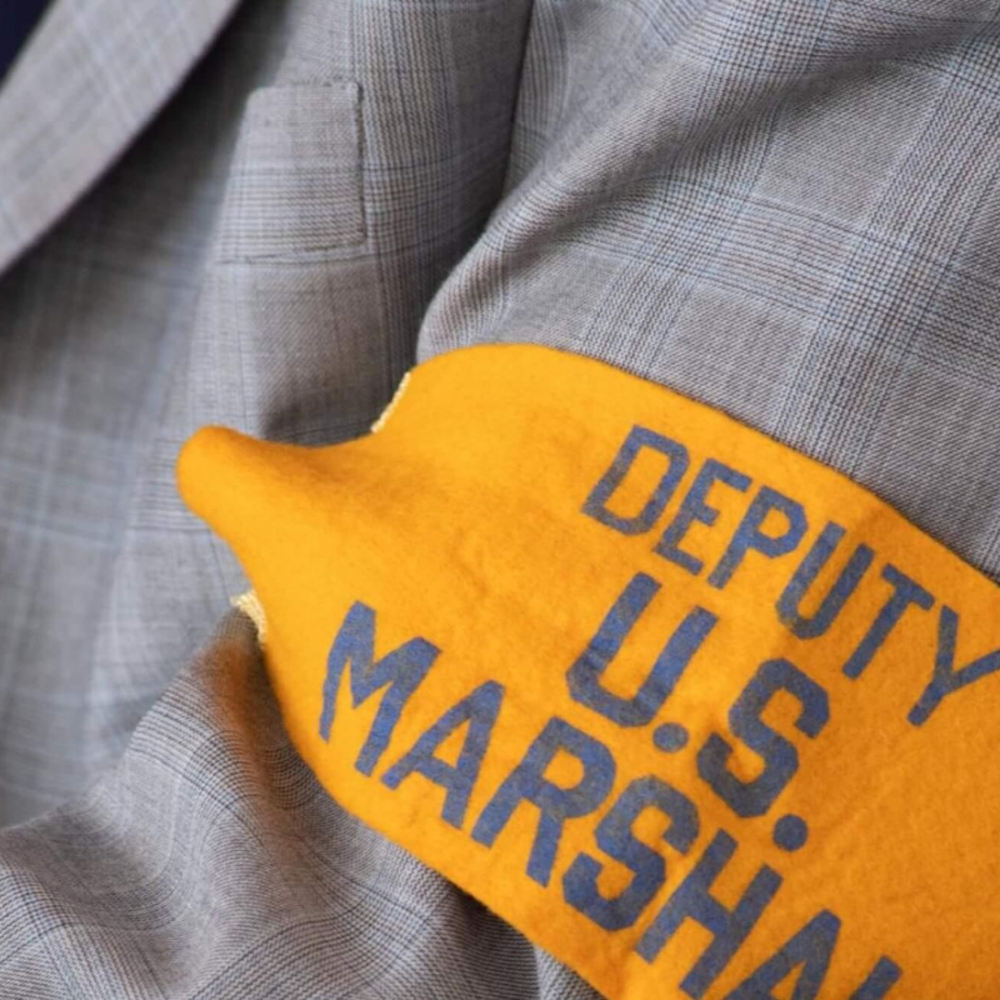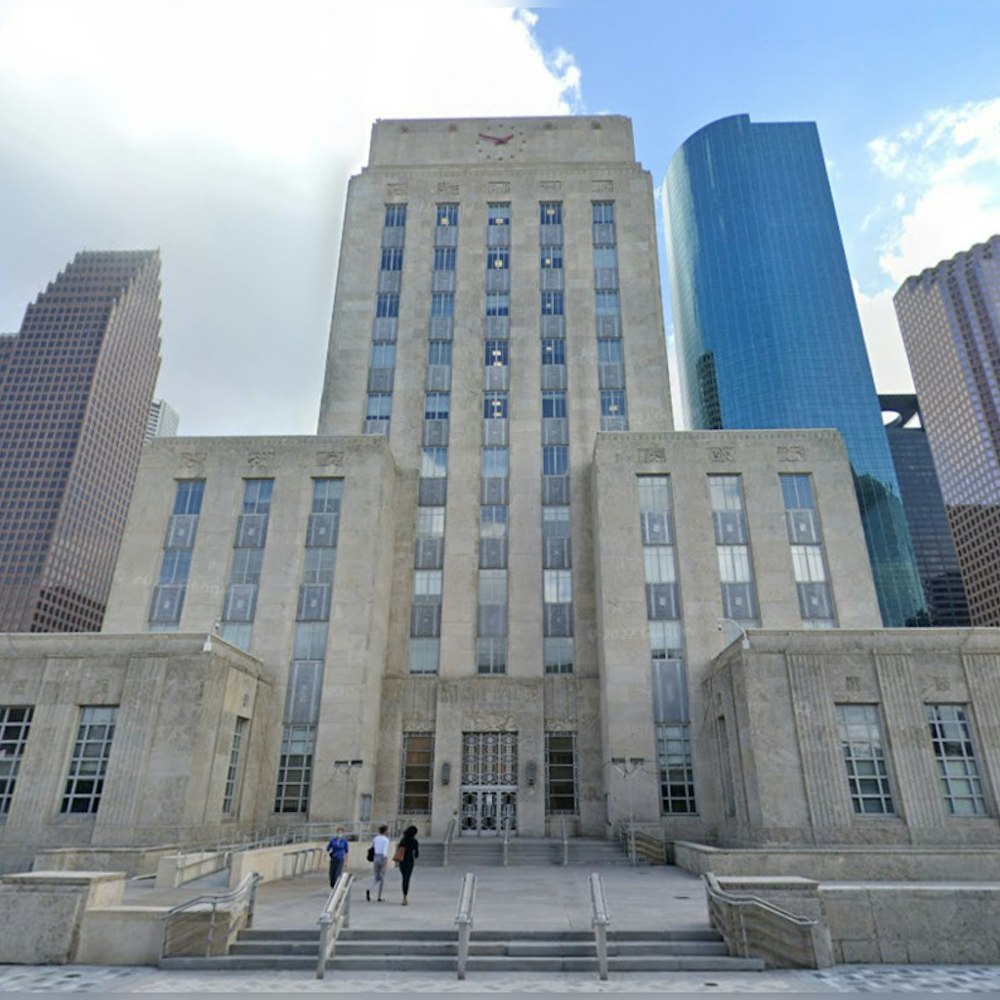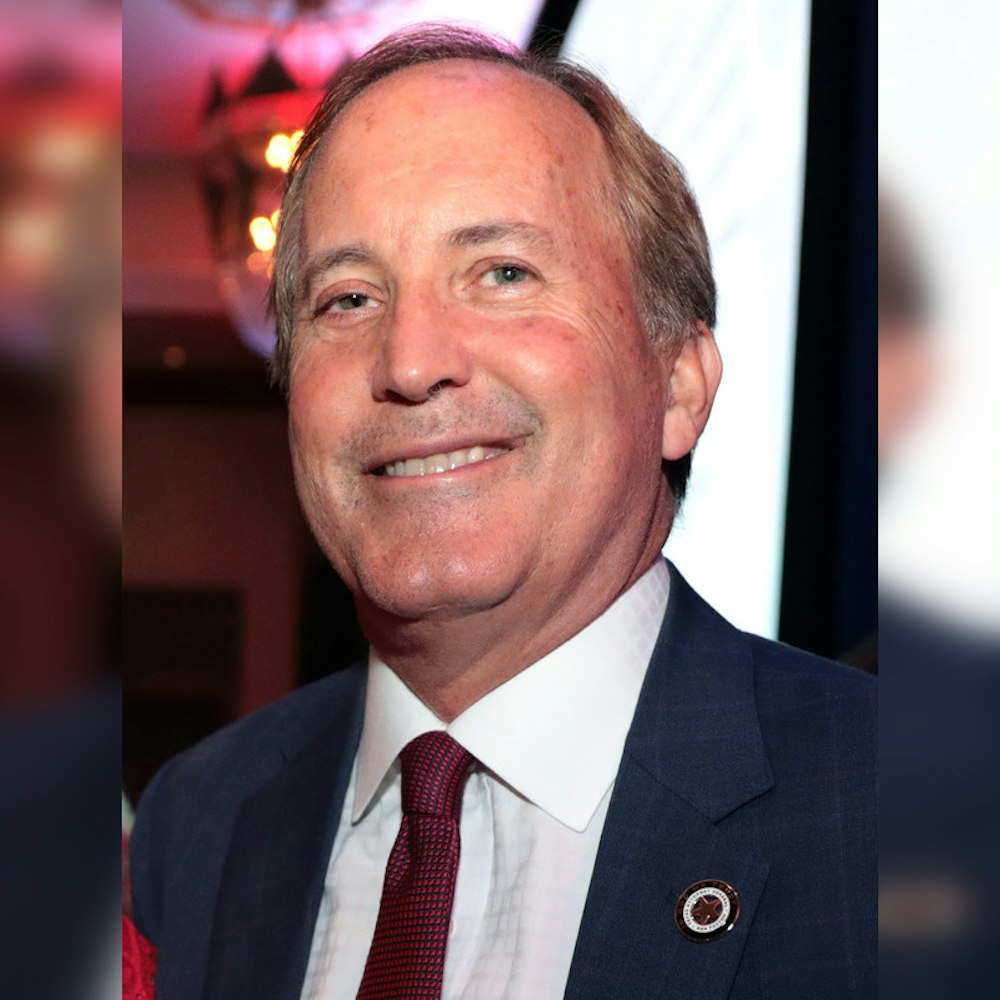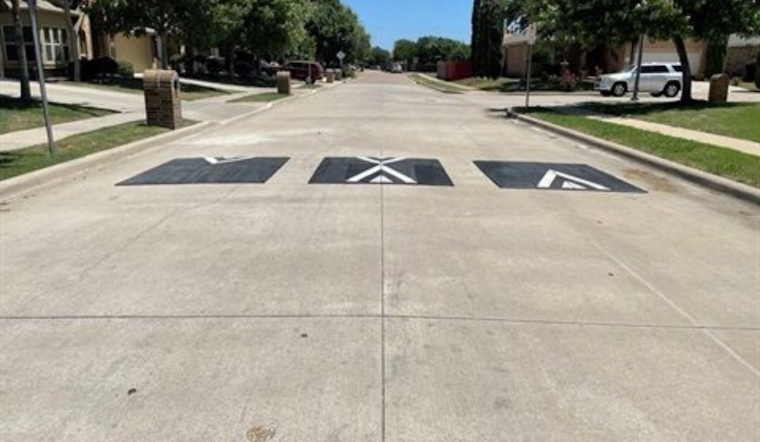
Fort Worth has reignited its battle against neighborhood speeding with a successful reboot of the Neighborhood Traffic Calming Program. This initiative, which was dormant since 2014 due to the hindrance speed bumps posed to emergency response times, found new life in March 2022 when the city council approved the use of speed cushions and tables, according to the City of Fort Worth.
The numbers don't lie – there's been a steady stream of applications for the speed cushions, signaling a clear demand from residents trying to put the brakes on speeding cars. The City Council reported receiving no less than 124 applications since the program resumed and has either installed or is planning to install speed cushions at 20 locations in the last year. Despite these efforts, locals continue to raise their concerns about speed demons tearing through their peaceful streets.
Residents who want to slow down the traffic outside their doors can request a traffic calming device using the MyFortWorth app or by calling the call center at 817-392-1234. Detail-oriented forms are also up for grabs on the Transportation & Public Works department's webpage. When an application makes its way into the hands of the TPW staff, they roll up their sleeves to verify the street's eligibility and gather speed data to judge whether drivers are indeed pushing the pedal too hard.
For a traffic calming request to shift from paper to pavement, the applicant has to play an active role. They're tasked with mustering support from their neighbors – specifically, two-thirds of property owners in the affected area and a full stack of thumbs-ups from those directly impacted by the proposed calming measures. After all paperwork and consent are nailed down, the city takes about three to four months to get the devices installed, as per the City Council update.
But it's not just about putting rubber to the road – the city is set on ensuring these measures are indeed making the streets safer and quieter. The proof will be in the pudding with before and after evaluations that are designed to verify the effectiveness of these installations in cutting down speeds and making the people living there feel safer, ultimately aiming to match, or exceed, community expectations.

